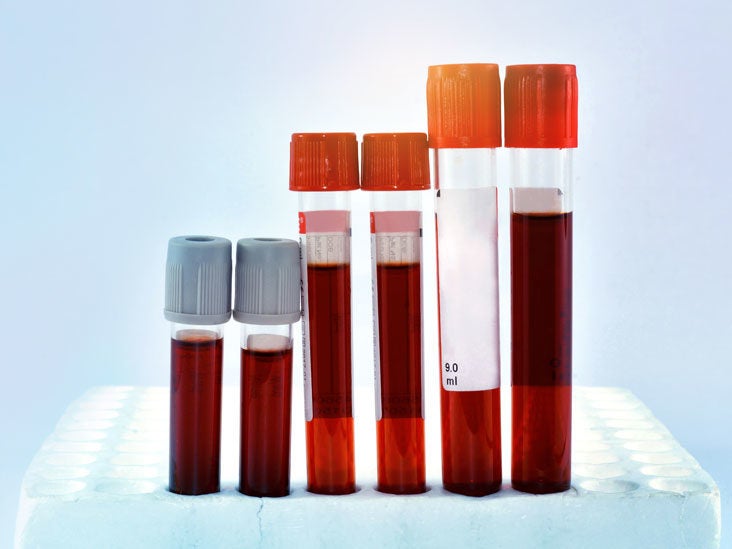

Do not just prescribe iron and think that's okay.Įxamples of causes of anemia that cannot be solved only with iron replacement: When faced with a CBC showing anemia, the physician should investigate which of the three causes above is responsible for the framework. The MOST IMPORTANT CONCEPT TO BE LEARNED IS THAT ANEMIA IS NOT A DISEASE, BUT A SIGN OF DISEASE. Loss of red blood cells and iron through bleeding.High destruction of red blood cells in the body.Low production of red blood cells by the bone marrow.In practice the hemoglobin turns out to be the most accurate evaluation of anemia, since the hematocrit can be influenced by a more or less diluted blood. Therefore, a decrease in hemoglobin necessarily leads to a decrease of red blood cells, or anemia. People with iron deficiency cannot produce hemoglobin, which in turn is required for the production of erythrocytes. Iron is an essential component of hemoglobin. Hemoglobin is the most important component of red blood cells because it is responsible for transporting oxygen in the blood. Hemoglobin is an iron carrier molecule that is found inside the red cell. The production and destruction of erythrocytes is constant, so as to always keep a stable number of circulating erythrocytes in the blood. This means that after four months our red blood cells are all being renewed. The old red blood cells are destroyed by the spleen (an organ located on the left in our abdominal cavity). Red blood cells are produced in bone marrow and have a life of only 120 days. The normal hematocrit is around 40 to 45%, indicating that 40 to 45% of the blood consists of red blood cells. Hematocrit is the percentage of blood that is occupied by red blood cells (RBCs).
LOW HEMATOCRIT AND HEMOGLOBIN FATIGUE HOW TO
To understand how to diagnose anemia it is necessary to be familiar with the terms hematocrit and hemoglobin. In practice the measurement of erythrocytes is through the values of the hematocrit and hemoglobin. The diagnosis of anemia is basically done by measuring levels of red blood cells, accomplished through a blood test called CBC. Anemia occurs when the percentage of red blood cells is reduced, making it more dilute (the reasons will be explained later). The other 45% are made up of blood cells: red cells, white cells and platelets. Plasma is primarily water (92%) diluted with some nutrients such as proteins, antibodies, enzymes, glucose, minerals, hormones, etc. Blood plasma is the liquid portion, corresponding to 55% of total blood volume. The blood can be didactically divided into two parts: blood cells and plasma cells. To make it easier to understand, we explain what the blood is and what happens in it. Red blood cells are the cells that carry oxygen, delivering it to all organs and tissues of the body.

Anemia is a reduction in the number of red blood cells (also called RBCs or erythrocytes) in blood. In fact, this concept is not entirely wrong, but we can be a little more precise.

Anemia is popularly known as lack of blood.


 0 kommentar(er)
0 kommentar(er)
